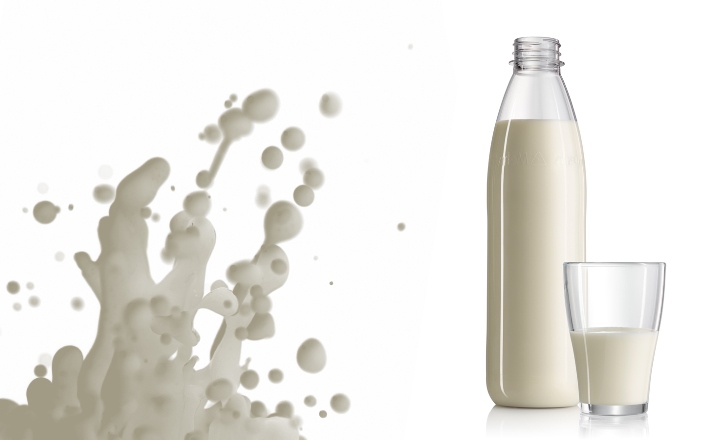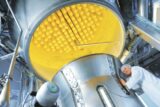In the beverage packaging market, returnable PET containers currently play a rather small role. Wrongly so, say the results of a joint research project of Krones and Alpla. In the project’s first phase, the material and process parameters underwent a comprehensive scientific evaluation. Based on these findings, Krones and Alpla developed a returnable PET container that provides an optimal environment for sensitive ESL (Extended Shelf Life) products such as juice and milk in the cold chain.
Be it due to regulations, voluntary climate targets, or growing environmental awareness among consumers, sustainability issues are becoming an increasingly important factor in packaging choice.
Explains Martina Birk, Krones: “Which type of packaging performs best from an ecological perspective depends on a number of factors and must be evaluated individually for each use case. Returnable PET containers often don’t even enter into consideration in the first place. And yet they can offer outstanding environmental performance, especially if they are distributed mainly regionally.”
Krones and Alpla teamed up to make these benefits available for use for a wide range of beverages.
Added Jörg Schwärzler, returnables expert and project lead at Alpla: “Until now, the main applications for returnable PET containers have been carbonated soft drinks and water. But we were certain that, if we combined our expertise in materials science, preform design, container design, and systems engineering, we could find a solution for sensitive beverages like juices and dairy products. The option of using a 38-millimeter bottle neck offers particular advantages for sensitive returnable applications.”
Said Ines Bradshaw, developer: “PET is less heat-resistant than glass. So we had to find a way to ensure both a high level of microbiological safety and a high number of use cycles while cleaning at lower temperatures.”
To obtain an objective and meaningful base of data, Krones’ development plant for washing technology in Flensburg carried out an elaborate series of tests, analysing the interaction of different bottle designs and cleaning processes.
Continued Bradshaw: “The tests provided us with a very clear picture of the respective thermal, chemical, and mechanical factors. Among the findings: With the right combination of parameters – especially lye concentration, temperature, additive, and mechanical impact – temperatures around 60 °C are sufficient to reliably remove even dried protein, fat, and starch contamination from the containers.”
A direct comparison of returnable PET and returnable glass brought to light another interesting discovery: Over the course of several cleaning cycles, the alkaline cleaning medium visibly roughened the surface of the glass bottle, whereas nothing comparable could be observed with the PET containers.
Added Bradshaw: “For the filling of sensitive beverages in particular, consistent container quality can be an advantage that should not be underestimated,”
Microbiological tests are currently being conducted to definitively establish whether the technology is safe. Initial results confirm the observations made thus far: “Microbiologically, PET bottles that had gone through 25 cycles could not be distinguished from new ones,” says a very pleased Ines Bradshaw. With this proof of concept, the project has reached an important milestone and is now ready for the next major step: Preparations are already well underway for the technical field test. For more visit krones.com



